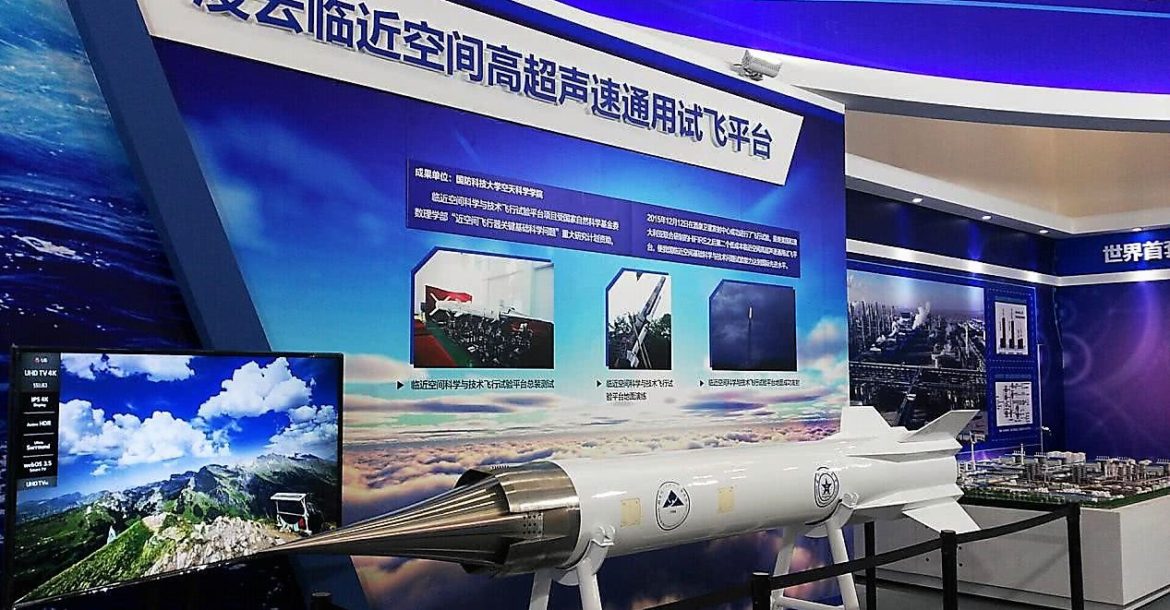China claims to successfully tested their first hypersonic missile.
https://us.cnn.com/2018/08/07/china/china-hypersonic-aircraft-intl/index.html
https://us.cnn.com/2018/08/07/china/china-hypersonic-aircraft-intl/index.html

China claims to successfully tested their first hypersonic missile.
https://us.cnn.com/2018/08/07/china/china-hypersonic-aircraft-intl/index.html
It's not going to "glide" for very long at hypersonic velocities in the mid to lower atmosphere. The Russian version:Boost from a missile and glide. It is called a hypersonic glide vehicle.

It's not going to "glide" for very long at hypersonic velocities in the mid to lower atmosphere. The Russian version:
Avangard (hypersonic glide vehicle)
https://en.wikipedia.org/wiki/Avangard_(hypersonic_glide_vehicle)
Avangard (also called Objekt 4202, Yu-71 and Yu-74) is a hypersonic glide vehicle developed by the Russian Federation using a Scramjet engine.
Sure, but both mentions of the Chinese hypersonic vehicle types mention scramjets and what would basically be a "skip bomber" skipping off the upper atmosphere wouldn't remain hypersonic when approaching the target. If you mean that this could have been an unpropelled test of aerodynamics and control, I could agree with that.Being boosted from an icbm combined with the velocities it does not need to glide for long to have range.
HOWEVER, come to think of it, a hypersonic glider skipping off the upper atmosphere could result in a Fractional Orbital Bombardment System (FOBS) requiring a much smaller booster than an ICBM. Accuracy would be accomplished by the Chinese GPS system backed up by inertial navigation and perhaps terminal optical homing.Sure, but both mentions of the Chinese hypersonic vehicle types mention scramjets and what would basically be a "skip bomber" skipping off the upper atmosphere wouldn't remain hypersonic when approaching the target.
Yep, a new FOBS method:HOWEVER, come to think of it, a hypersonic glider skipping off the upper atmosphere could result in a Fractional Orbital Bombardment System (FOBS) requiring a much smaller booster than an ICBM. Accuracy would be accomplished by the Chinese GPS system backed up by inertial navigation and perhaps terminal optical homing.

Looks fairly similar to the Boeing hyfly, somebody could make an either-or close-enough kit.The Lingyun-1 would make a nice scale/sportscale rocket
Enter your email address to join: